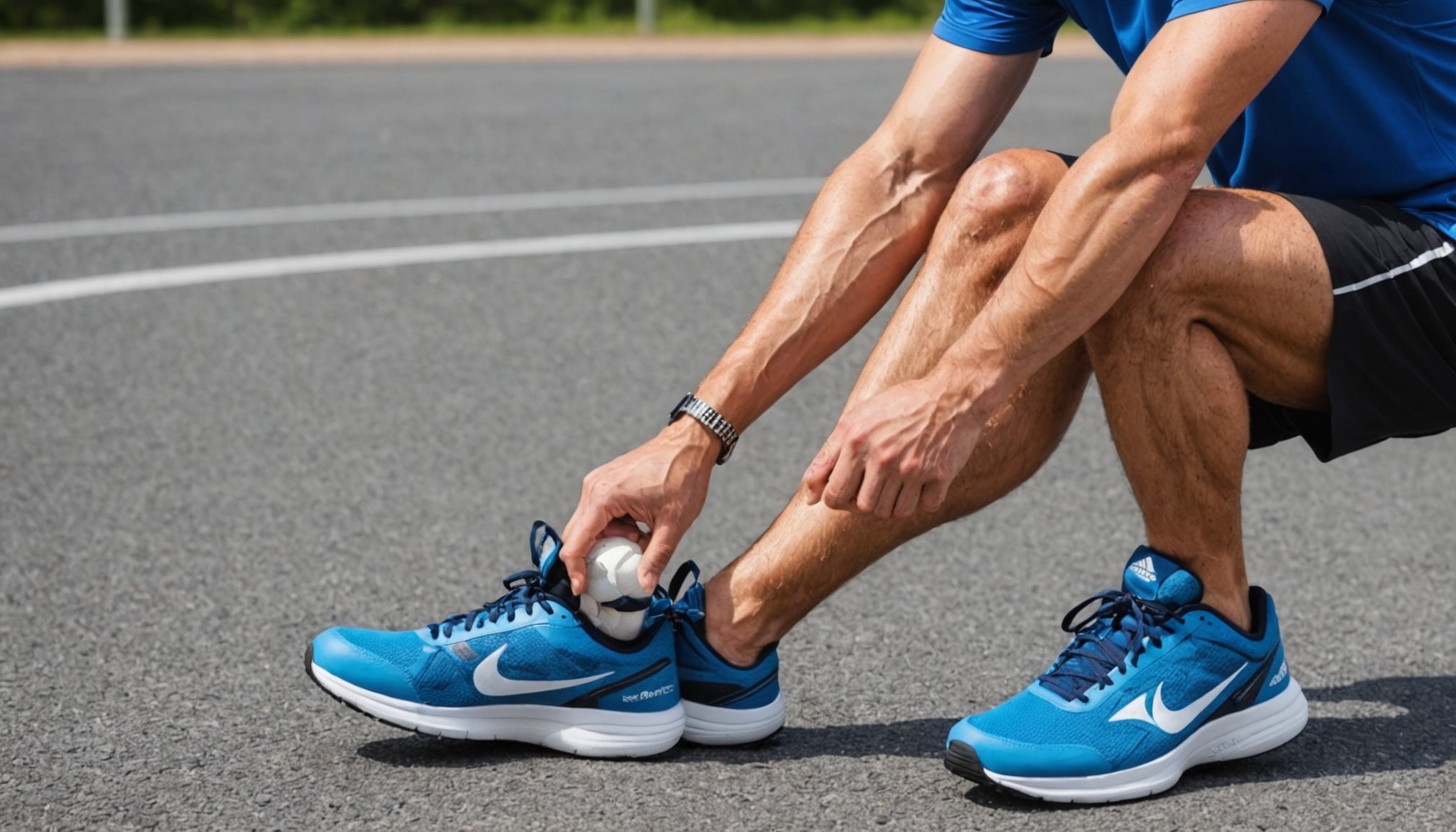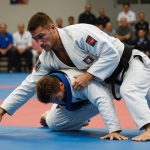Key Components of an Effective Rehabilitation Program
Developing an effective rehabilitation program is crucial for a successful recovery. Fundamental elements must be carefully considered to ensure optimal recovery. A robust rehabilitation program includes diverse rehabilitation components tailored to the individual’s needs, particularly athletes who require specific plans to return to peak performance.
A personalized approach ensures that each rehabilitation program addresses individual circumstances. This includes assessing the athlete’s physical condition, injury history, and goals to customize their recovery strategies. Individualized plans are essential because they help in addressing the uniqueness of each athlete’s injury and physical condition, leading to a more effective and meaningful recovery.
In parallel : Exploring the Lasting Heart Health Advantages of Consistent Rowing Exercise
Integration of specialized recovery strategies is another vital component. Including physical therapy within the rehabilitation program can enhance the healing process, restore function, and prevent future injuries. Physical therapists play a crucial role in guiding athletes through targeted exercises, which can enhance strength, flexibility, and endurance.
Moreover, an effective rehabilitation program incorporates ongoing assessment and adjustments, ensuring that the rehabilitation components remain aligned with the athlete’s recovery progress. This dynamic approach allows athletes to regain their athletic abilities efficiently and safely, ultimately leading to an expedited and thorough recovery.
Additional reading : Essential Elements for Crafting an Effective Strength Training Regimen for Sprinters
Specific Techniques for Treating Achilles Tendon Injuries
Navigating the journey of Achilles tendon injuries involves a phased approach. Each phase caters to various aspects of the healing and recovery process, ensuring a comprehensive rehabilitation experience.
Initial Phase: Rest and Pain Management
In this early stage, minimising movement is crucial. Techniques such as immobilisation using braces or splints, combined with pain relief tools like ice packs and anti-inflammatory medications, are recommended. Controlled rest allows the tendon to heal while reducing inflammation and discomfort.
Intermediate Phase: Strengthening Exercises
After initial recovery, the focus shifts to strengthening exercises. These include calf raises and resistance band workouts, tailored to enhance endurance and support the healing tendon. Strengthening improves flexibility and functionality, which are essential for progressing to more vigorous activities.
Advanced Phase: Functional and Sports-Specific Training
The final phase integrates exercises mimicking sports movements. Transitioning to this phase involves agility drills and plyometric exercises to restore full function. Training is sport-specific, ensuring that the athlete’s unique needs are addressed. These techniques prepare individuals to resume their activities with confidence, minimising the risk of re-injury.
Timeline and Goals for Recovery
Understanding the recovery timeline and setting achievable goals is crucial for a successful rehabilitation process. When dealing with an injury, establishing both short-term and long-term goals can help you track your progress and stay motivated. Initially, you’ll want to focus on immediate objectives such as reducing pain and inflammation. As you move forward, the attention shifts to restoring mobility and strength.
Your recovery timeline is typically divided into stages, starting from the acute phase, where rest and initial assessment occur, progressing through phases of increased activity, and finally reaching the return to full function. Each stage represents specific progress milestones, like regaining a certain range of motion or resuming daily activities without discomfort.
It’s vital to reassess your rehabilitation goals regularly. This ensures they remain realistic and aligned with your progress. Factors such as the nature and severity of the injury, as well as individual health conditions, can influence the timeline.
This approach helps you adjust expectations and plan accordingly, maintaining flexibility and motivation throughout the recovery timeline. By consistently reviewing and adjusting your goals, you’re more likely to achieve a successful and sustainable recovery.
Progression Stages in Rehabilitation
Recovering from an injury involves systematic steps to ensure a full return to previous activity levels. Each rehabilitation progression phase focuses on specific goals to optimize recovery and minimise setbacks.
Monitoring Progress: Assessments and Adjustments
Monitoring progress is crucial in assessing rehabilitation progression. Regular assessments help identify whether recovery stages are on track. Professionals use metrics like range of motion, strength, and pain levels to evaluate progress. It allows practitioners to make necessary adjustments to treatment plans, ensuring that techniques remain effective and aligned with individual recovery needs.
Gradual Increase of Activity Levels
A steady increase in activity is vital to avoid reinjury. Criteria for safely ramping up physical exertion include minimal pain, improved strength, and increased endurance. Tailored exercises facilitate a transition from gentle rehabilitation techniques to more dynamic movements. This supports the body’s adaptive capacity and aids in strengthening weaker areas specific to the injury profile.
Transition to Return-to-Sport Protocols
The final phase aims to return athletes to their sport safely. This transition requires meeting specific criteria such as full range of motion, functional symmetry, and psychological readiness. Steps involve sport-specific drills, gradually building intensity. Creating a sport-like environment in therapy empowers individuals in psychologically preparing for full competition, thereby minimising re-injury risks.
Preventive Measures and Long-Term Care
Preventing re-injury of the Achilles tendon is critical for athletes and active individuals aiming to maintain peak performance. Injury prevention begins with a carefully tailored exercise regimen. Focus on strengthening the calf muscles to stabilise the tendon effectively. Including dynamic warm-ups, like calf raises and heel drops, can enhance flexibility and reduce strain.
Integrate rehabilitation maintenance into your routine to support full recovery. Post-recovery, ongoing maintenance exercises are pivotal. Activities such as regular stretching and functional movement drills should be prioritised to prevent adhesions and ensure optimal tendon mobility. Addressing these considerations aids in preserving tendon flexibility and strength.
For those committed to long-term athletic pursuits, developing a long-term care plan is essential. Personal goals, activity levels, and any prior injuries need careful consideration when crafting this plan. Consulting with a physiotherapist could provide tailored advice and modifications that complement individual needs.
In summary, employing these strategies not only safeguards against re-injury and potential setbacks but also supports continued athletic performance, allowing for safer and more effective physical activity engagement.






